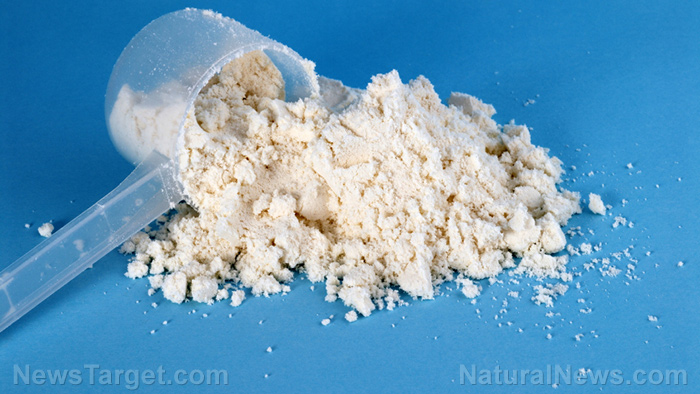
Benzalkonium chloride — toxicity, side effects, diseases and environmental impacts
Wednesday, November 29, 2017 by Rita Winters
http://www.naturalpedia.com/benzalkonium-chloride-toxicity-side-effects-diseases-and-environmental-impacts.html

Benzalkonium chloride (BAK), otherwise known as alkyl dimethyl benzyl ammonium chloride, is a toxic chemical used in cosmetics. It is a antimicrobial agent, deodorant, surfactant, and a preservative. Benzalkonium chloride has repeatedly demonstrated its toxic characteristics in laboratory, experimental, and clinical studies. This compound is known to cause extensive damage to the eyes, such as tear film instability, loss of goblet cells, conjunctival squamous metaplasia, apoptosis, damage to deeper ocular tissues, and disruption of the corneal epithelium barrier.
BAK is a hygroscopic white to yellow powder with a characteristic odor. It has good solubility in water, but is very toxic to aquatic life forms. When burned, it produces toxic fumes including ammonia, chlorine, and nitrogen oxide. It is highly corrosive to the skin, eyes, and respiratory tract. Benzalkonium chloride is a weak allergen but is highly toxic in large amounts and over time (compounding or long-term exposure).
Other names for benzalkonium chloride are: Quaternary ammonium compounds, benzyl-C8-18-alkyldimethyl chlorides; CAS # 63449-41-2; alkyldimethylbenzylammonium chloride; alkyldimethyl(phenylmethyl); quaternary ammonium chloride; ammonium alkyldimethyl(phenylmethyl) chloride; and ammonium alkyldimethylbenzyl chloride.

List of known side effects
Benzalkonium chloride is considered acutely toxic. Exposure to the toxic chemical may produce side effects such as rashes, allergic reactions, itching, redness, swelling, blisters, skin peeling, fever, wheezing, tightness in the chest or throat, trouble breathing or talking, unusual hoarseness, mouth/face/lips/tongue/throat swelling. Ingestion of BAK may cause abdominal pain, nausea, vomiting, burning sensations, diarrhea, shock and/or collapse.
Long-term exposure may cause asthma, chronic dermatitis, and other immune system disorders.
Body systems affected by benzalkonium chloride
In large amounts or from prolonged exposure, benzalkonium chloride may greatly affect the respiratory and digestive system. The skin and eyes are also affected, especially when physically exposed to BAK.
Items that may contain benzalkonium chloride
Bath and body items such as shampoos, soaps, skin cleansers, skin care, deodorants, perfumes, and eye makeup preparations may contain benzalkonium chloride. Hand sanitizers may also have this chemical. BAK belongs to a group of germicides called “quats”. These are effective cleaning agents found in disinfectants, cleaning products, personal care items and first aid products as well.
How to avoid benzalkonium chloride
Always read the label of the product before buying or using. As mentioned above, benzalkonium chloride exists in a lot of common household items. Baby bath products may also have this chemical.
Before buying bath and cleaning products from your home, make sure that the ingredients list does not contain benzalkonium chloride, or any of its other synonyms (see the introduction). BAK has adverse effects when used over the long run, so make sure to exercise caution when using products that contain it. You can use alternative, natural methods for cleaning your home and yourself.
Where to learn more
- Benzethonium Chloride Replaces Triclosan As The New “Antibacterial” Agent in Cosmetic and Commercial Soap
- 5000 Years Old Tibet Remedy That Can Be Used Only Once In 5 Years!
- 9 Toxic ingredients found in your mouthwash … Are you accidentally ruining your teeth?
- Japan just banned 19 ingredients found in antibacterial soap
- Many antibacterial soaps are loaded with muscle-destroying chemicals
Summary
Benzalkonium chloride is highly toxic and may produce many side effects, especially in large quantities and prolonged exposure.
Sources include:
Tagged Under: Tags: benzalkonium chloride





